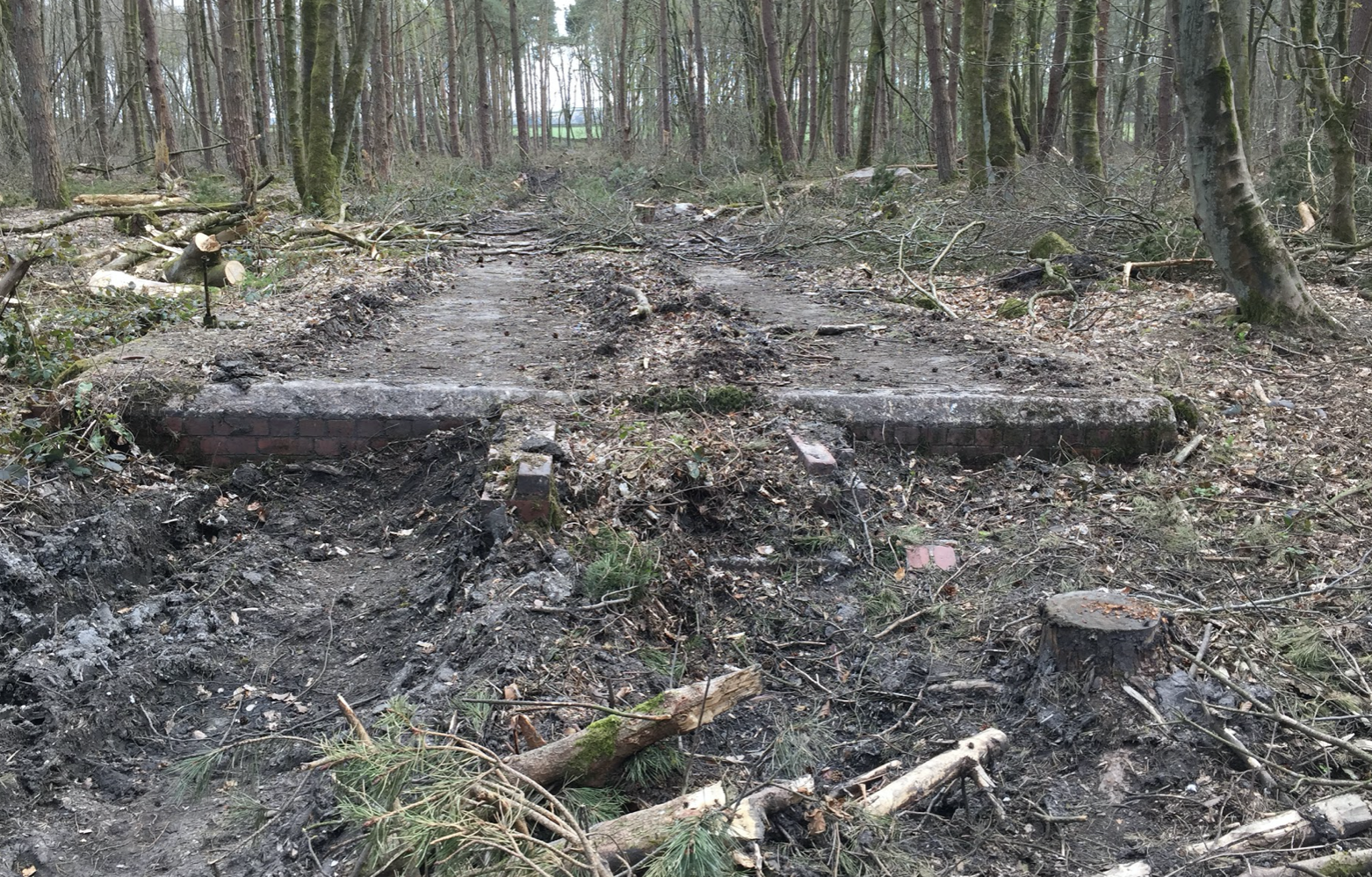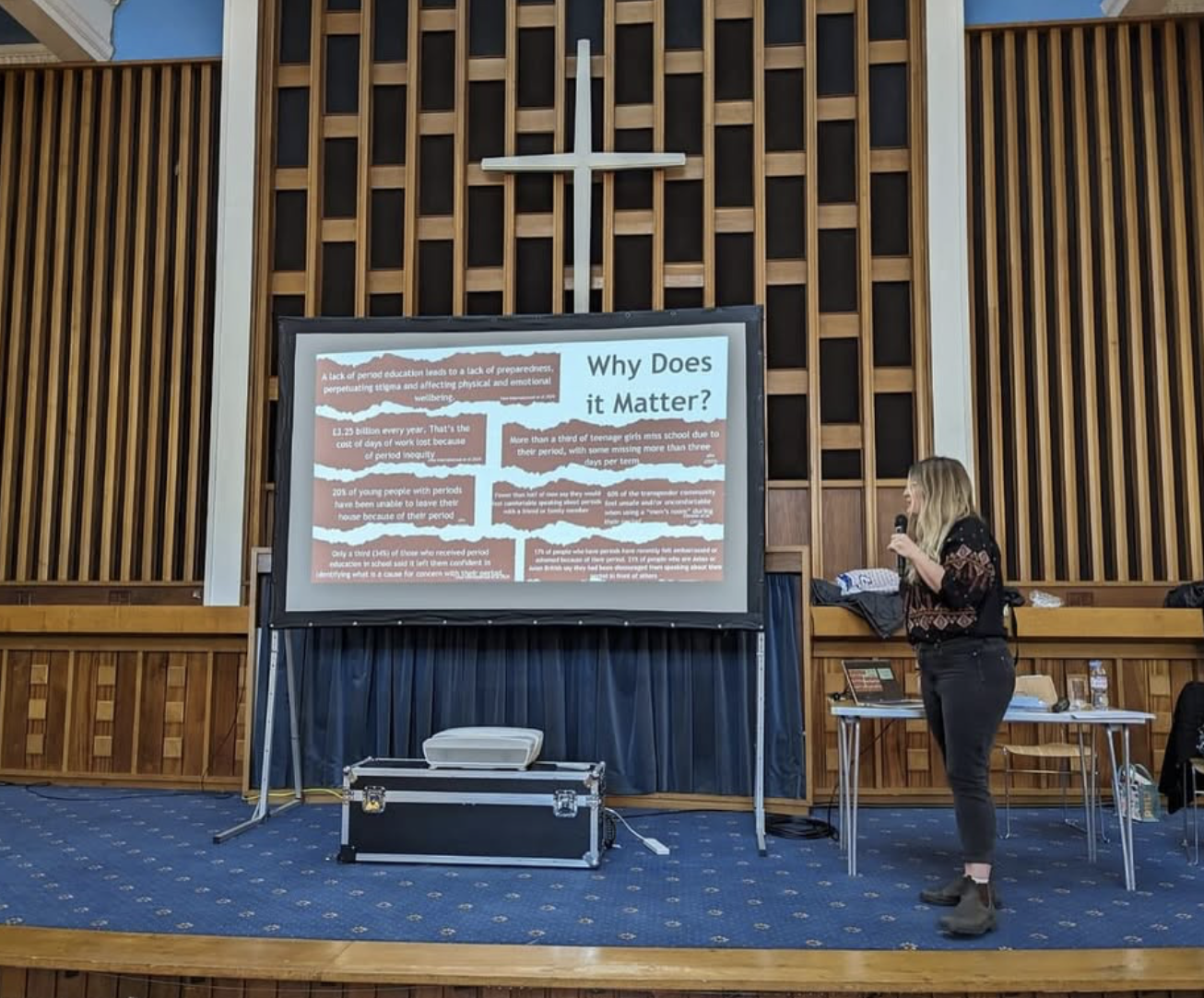Forestry thinning at Redmires Plantation has been brought into question over the weekend, as relics from Britain’s wartime past have been damaged in the process.
Jessica Ghost, 39, was shocked to find her favourite heritage spot, the historical Redmires Prisoner of War (POW) camp located at Lodge Moor, had suffered as a result of the forestry action.
One of my favourite places in Sheffield has been devastated by recent "forestry works". Redmires POW camp housed Karl Doenitz in WW1 and as Camp 17, it was Britain's biggest WW2 camp. Look at the sensitivity with which it's been treated: pic.twitter.com/FmZIpnvPFQ
— Jesssssica (@_jessghost) April 25, 2021
The site was originally a training camp for soldiers in the Sheffield City Battalion during World War One.
In World War Two, the site was used as the largest British POW camp and at its peak in 1944, it contained nearly 200 huts and homed up to 11,000 enemy soldiers.
In 1958, the Redmires Camp Plantation was established, with forestry thinning operations occurring roughly every decade.
Recently, those who hold sentiment for the site are concerned over recent forestry action, and how Sheffield City Council has left the area.

A birds eye view of the site during the Second World War
Ms Ghost said: “I saw more and more concerned posts and pictures in the Redmires POW Camp Community Heritage Project Facebook group. And it was only yesterday thinking that it was all done, that me and my partner went out to have a look and see what had happened. And pretty much, as soon as we got in there, we were just appalled and devastated by the change in what it used to be like and what we could now see.”
During the forestry thinning process, the brick steps leading up to a number of the old huts had been ruined. There is also visible evidence of large machinery running over the buildings and debris being left on site.
It was the first time Ms Ghost and her partner had visited the site for almost a year and, despite knowing procedures were in place to support archaeological investigation, they are furious at the aftermath.
In November 2020, Sheffield City Council reassured the public the proposed action was part of a long-term plan.
Cllr Mary Lea, Cabinet member for Culture, Parks and Leisure at Sheffield City Council, said: “We value the importance of our green open spaces and are working hard to invest in them and maintain them to the highest standards.”
Woodland officer John Gilpin agreed: “Timber and branches left from the thinning works will rot down relatively fast, greatly enhancing diversity”
However, Ms Ghost is not impressed with this conclusion. She argues this work was supposed to be done for the benefit of visitors.
“The council have said that some of the stuff that’s just been left there is going to get taken away, but they’ve not really specified. There’s huge volumes of branches and things that have just been left there. They seem to suggest that in two or three seasons, it’ll rot down and it’ll be fine again. But you said you were trying to clear this for the benefit of people seeing the site, and that’s not the case,” she said.
As she made her way around the site on Sunday, Ms Ghost felt as though the heritage of this site and its historical significance has been ignored.
She explained: “It’s much more difficult to see stuff that hasn’t been damaged because of all the debris that remains there.
“I’m sure they do have scientific backing for the reasons why it did have to be thinned out. But the way they’ve done it is so insensitive to the site that I just can’t help but think it’s a shame that Sheffield City Council have control of the site. If it was National Trust or English heritage for example this would never have happened.”
Sheffield City Council have been approached but are yet to comment.
South Yorkshire Archaeological Society are to make a statement regarding the thinning work in the next few days.




